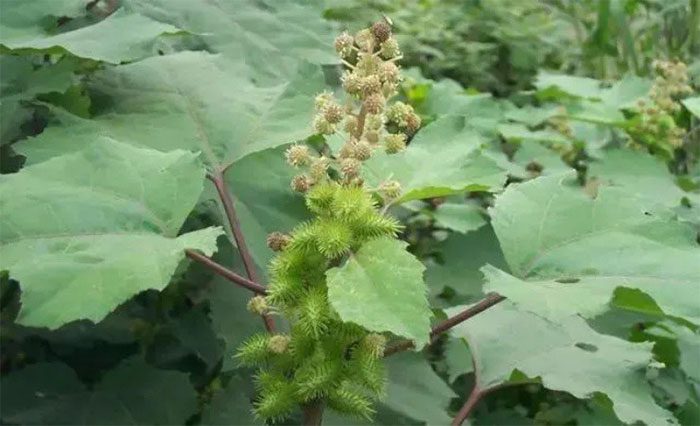Both Thorny and Toxic: Why is This Fruit Now So Incredibly Expensive?
This is the cocklebur, a fruit very familiar in rural areas of Vietnam.
This plant grows all over the world, from the Americas and Africa to Asia. In Vietnam, cockleburs often grow wild along ditches, in vacant lots, and even in hilly regions, mountainous areas, and the lowlands of Northern Vietnam from Nghệ An northward.




Cocklebur fruit.
Cocklebur is scientifically named Xanthium strumarium L., belonging to the Asteraceae family. In our country, it is also known by several other names such as phắc ma or xương nhĩ.
The distinctive identifying feature of cocklebur is its numerous sharp spines. If you accidentally walk past them, you may get scratched if you’re not careful. More dangerously, the fruit of the cocklebur is toxic. If the plant is not cut down, the wild fruit that falls to the ground the following year will take root and thrive, encroaching on cultivated land and affecting crop yields.
In the eyes of many people in the past, it was often regarded as a worthless weed and despised. However, every wild plant actually holds a valuable potential.
The toxins in cocklebur can be used as medicine. With a high content of sitosterol-D-glucoside, the seeds inside the cocklebur fruit become an effective “weapon” against bacteria, protecting wounds from infection. Additionally, cocklebur is also known to help reduce anxiety and stress due to its content of xanthumin; it aids in mitigating sinusitis; supports the treatment of ulcers and skin boils.
Currently, in Vietnam, dried cocklebur is sold for about 150,000 – 210,000 VND/kg depending on the seller. In some other countries like China, the price of cocklebur is lower, around 30 RMB/kg, equivalent to about 98,400 VND/kg.


















































